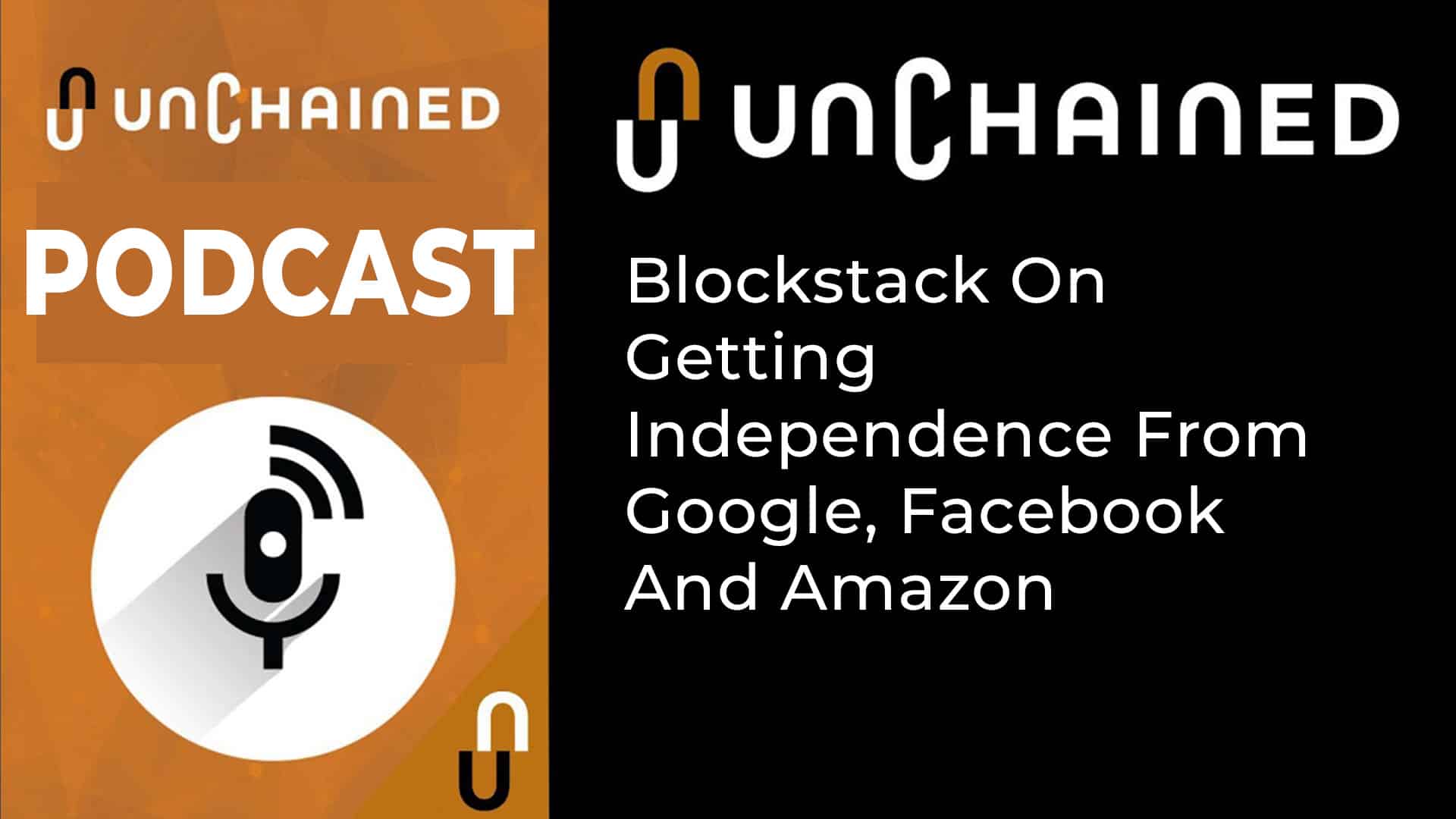Posted September 6, 2017 at 1:12 am EST.
Ryan Shea and
Muneeb Ali, the cofounders of Blockstack, on how their tools enable users to control their own data, why the internet should have universal usernames but no company should control that, and why Blockstack’s storage system still allows users to choose centralized options like Google Drive and Dropbox. They also talk about how other blockchain systems are thinking about scaling wrong, why they launched a developer fund, and why a developer would choose Blockstack over Ethereum.
Show notes
Blockstack on how to take control from Google, Facebook and Amazon
BlockStack
Read the Full Transcript Here
